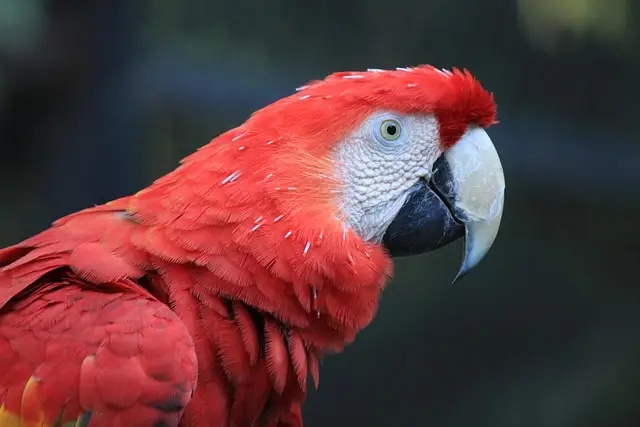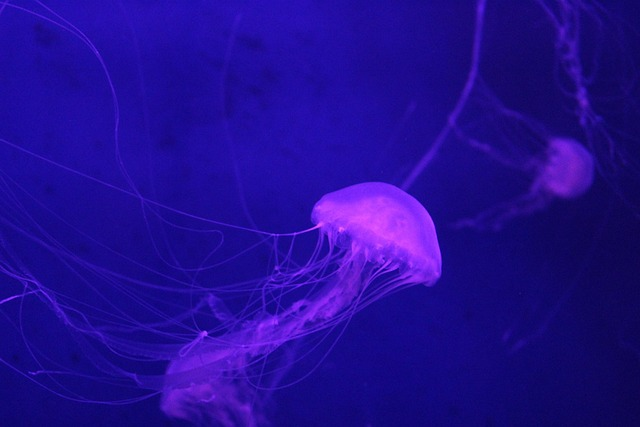The animal kingdom is full of amazing creatures, but some of them can cause serious pain when they bite or sting. Whether for defense or to catch prey, these animals use their natural weapons to protect themselves. Some bites or stings only cause small pain, like a mosquito bite. But others can leave you in pain for hours or even days.
Let’s explore 10 animals known to deliver the most painful stings and bites on Earth. You might be surprised at how some tiny creatures can pack a powerful punch.
1. Bullet Ant
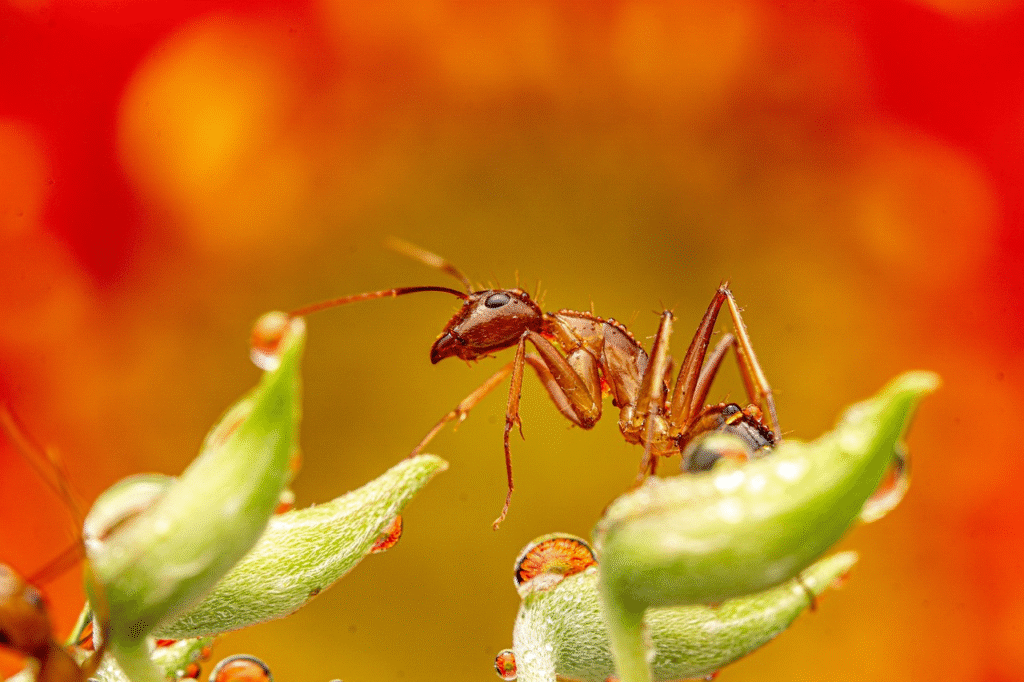
The bullet ant is often called the most painful stinger in the world. It lives in the rainforests of Central and South America. It gets its name because people say its sting feels like being shot by a bullet.
The sting causes intense burning pain that can last up to 24 hours. Some people also feel shaking, fever, and sweating. Despite the pain, bullet ants are not deadly. Still, you don’t want to mess with them. These ants are about 1 inch long and often live in trees. Indigenous tribes even use bullet ants in coming-of-age ceremonies.
2. Executioner Wasp
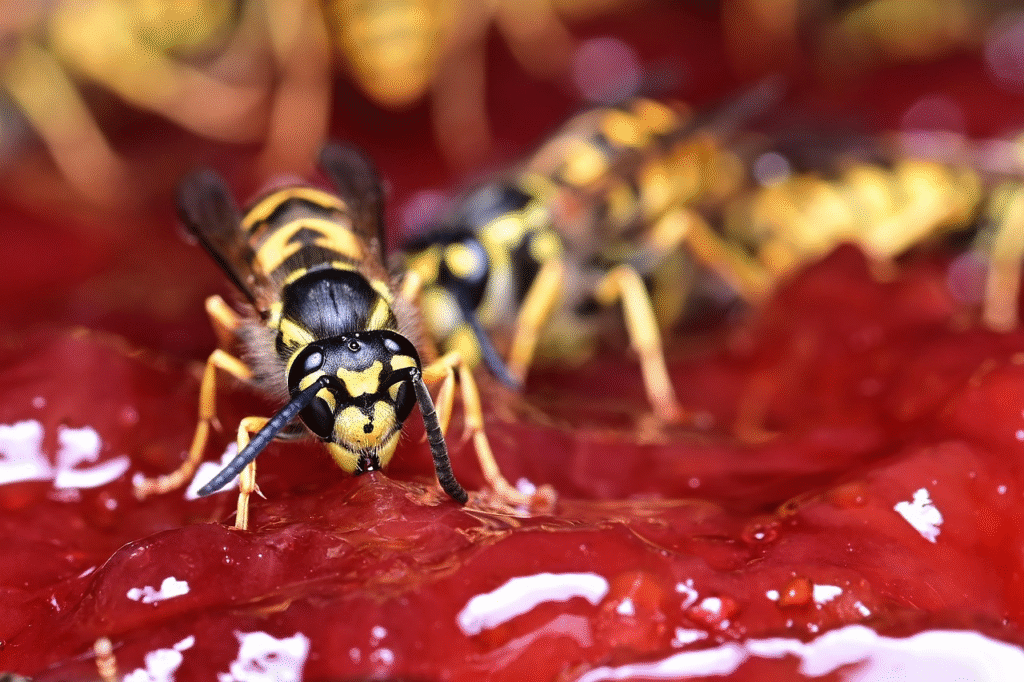
This wasp is native to Central and South America and has become famous in recent years for its painful sting. People who have been stung say it causes deep, burning pain, more intense than even the bullet ant.
The sting can cause swelling, redness, and throbbing pain that lasts for hours. The wasp looks similar to a yellow jacket but is larger and more aggressive. Even researchers are cautious around this insect because of how strong its venom is.
3. Tarantula Hawk Wasp

The tarantula hawk is a large wasp that hunts tarantulas. It uses its sting to paralyze the spider before dragging it into a burrow to feed its young.
Despite being peaceful toward humans, its sting is extremely painful. The pain has been described as sharp and electric, making it nearly impossible to do anything else while it lasts. Fortunately, the pain usually fades after about 5 minutes. These wasps are found in deserts of the southwestern U.S. and Central America. They are brightly colored and easy to spot.
4. Japanese Giant Hornet

This hornet is the largest in the world and can grow over 2 inches long. It has a large stinger and powerful venom. The sting causes deep, stabbing pain and can also destroy human tissue. If a person is stung many times or is allergic, the venom can be deadly.
Every year, several people in Japan die from hornet stings. The Japanese giant hornet is sometimes called the “murder hornet” and can attack honeybee hives, killing all the bees in a short time. Because of their size and danger, they are feared even by experienced beekeepers.
5. Fire Ant
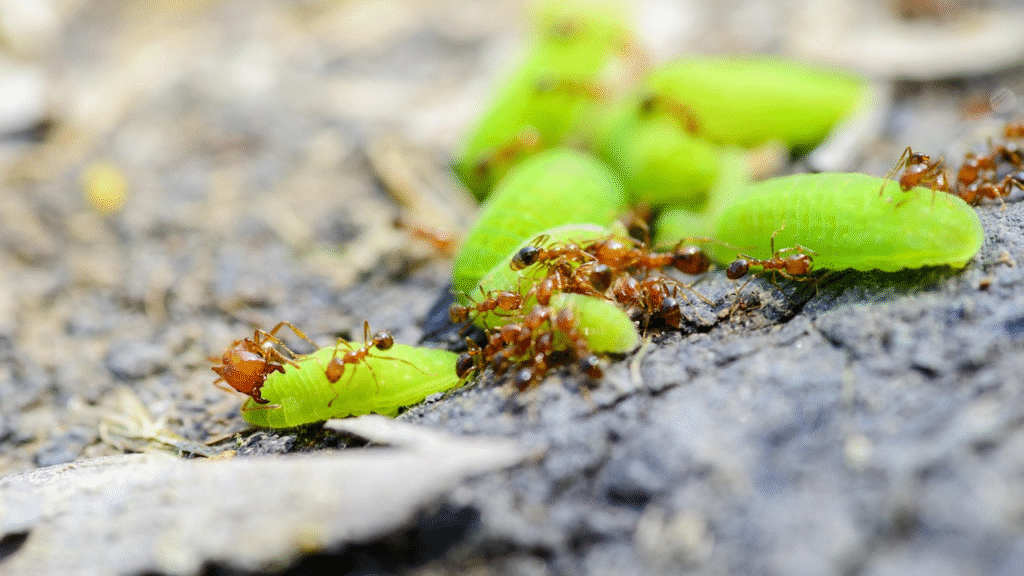
Fire ants are small red ants found mostly in the southern United States and parts of South America. They build nests in the ground and are very aggressive. If disturbed, they will swarm and sting multiple times.
Their sting causes a burning pain followed by itchy blisters. While the pain isn’t as sharp as a bullet ant’s, fire ants are dangerous because they attack in large numbers. Many people are allergic to fire ant venom and can have serious reactions, including trouble breathing and swelling.
6. Paper Wasp

Paper wasps are found in many parts of the world. They get their name from the paper-like nests they build in trees, bushes, and under roofs. Paper wasps are usually not aggressive, but they will sting to defend their nest.
Their sting is very painful and feels like a hot needle. It can cause swelling, redness, and a burning feeling that lasts several hours. Unlike bees, paper wasps can sting more than once, so it’s best to stay away from their nests.
7. Harvester Ant

Harvester ants live in the southwestern U.S. and parts of Mexico. These ants are not very aggressive, but their sting is one of the most painful among ants. The pain has been described as sharp and burning, and it can last for up to 4 hours.
What makes harvester ants unique is their venom. It is powerful and used not just for defense but also to communicate with other ants. Some scientists use harvester ants to study pain in animals and humans because their sting is so strong.
8. Gila Monster
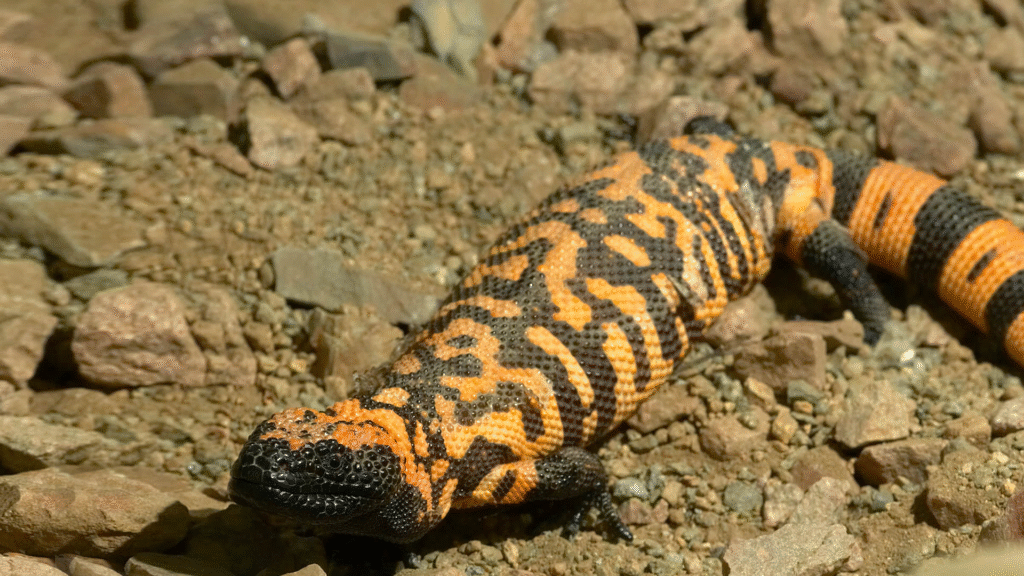
The Gila monster is one of the only venomous lizards in the world. It lives in the deserts of the southwestern United States and northern Mexico. It is slow-moving and doesn’t attack humans unless threatened.
When it bites, it holds on tight and releases venom through grooves in its teeth. The bite is painful and can cause swelling, nausea, and weakness. However, it is rarely deadly to humans. The Gila monster’s bite is more of a warning than a serious threat.
9. Stingray
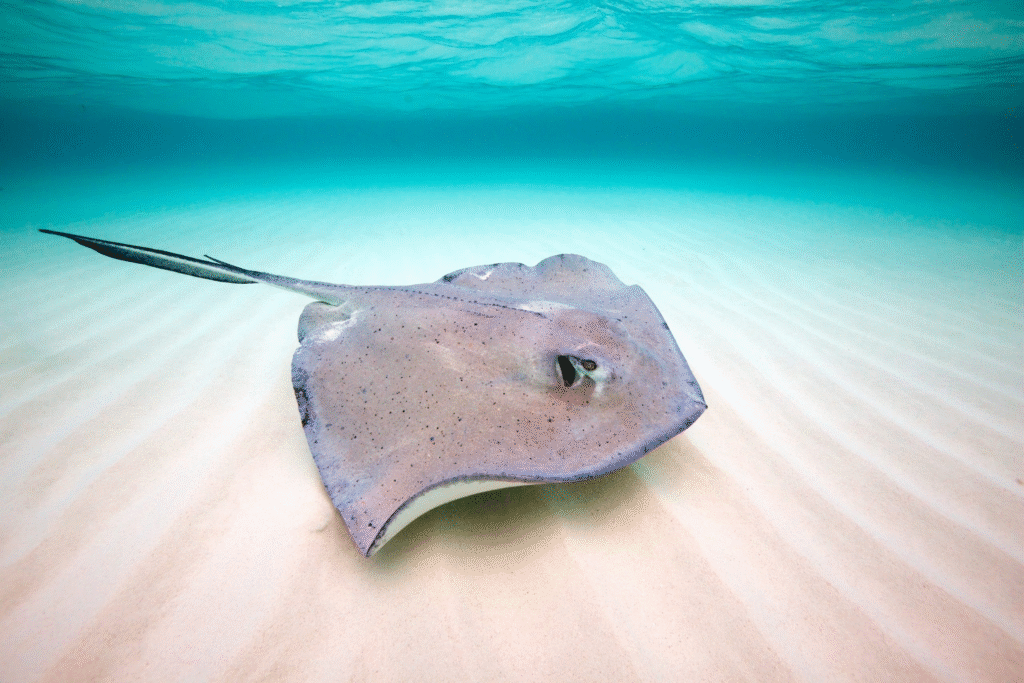
Stingrays are found in oceans and rivers around the world. They are generally peaceful but will sting if stepped on or threatened. The stingray’s tail has a sharp barb that releases venom.
The sting is extremely painful and causes swelling, bleeding, and muscle cramps. Some people describe it as worse than breaking a bone. If the barb hits a vital area like the chest or abdomen, it can be deadly. That’s why people are taught to shuffle their feet when walking in shallow water where stingrays might be hiding.
10. Cone Snail

This beautiful sea snail hides a deadly secret. It has a harpoon-like tooth that can shoot out to sting prey. The venom is powerful and can cause numbness, pain, and even death.
Some species of cone snails are so toxic that there is no known cure for their sting. They are found mostly in warm ocean waters. While they look harmless, it’s important never to pick up a cone snail from the beach. The pain from their sting can last for days, and the effects can spread through the whole body.
Staying Safe Around Dangerous Creatures
While it’s rare to be bitten or stung by these animals, accidents can happen, especially in the wild or in warm climates. Here are some tips to stay safe:
- Don’t touch wild animals or insects, even if they look harmless.
- Wear shoes and gloves when walking through tall grass or working in gardens.
- Be careful around nests, holes, or animal trails.
- Watch your step in the water to avoid stepping on stingrays or other sea animals.
- Know your allergies: If you’re allergic to stings or bites, always carry emergency medicine like an EpiPen.
Most of the time, these creatures sting or bite only in self-defense. Respecting their space is the best way to avoid trouble.

